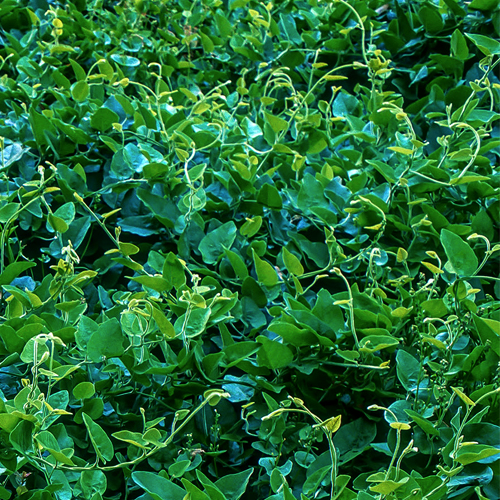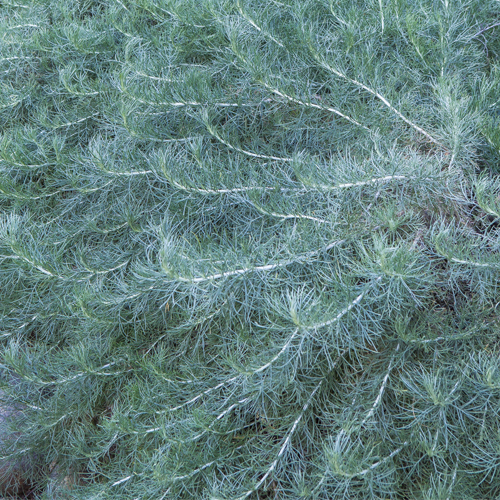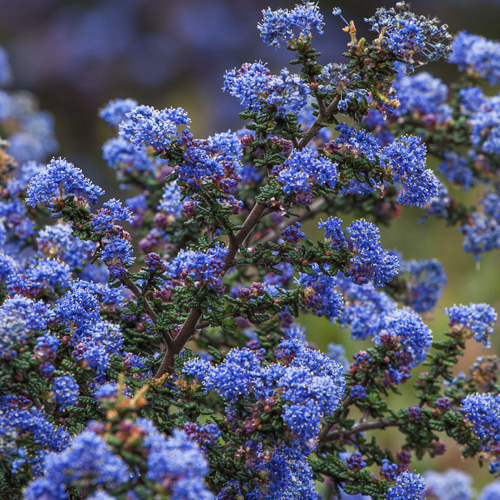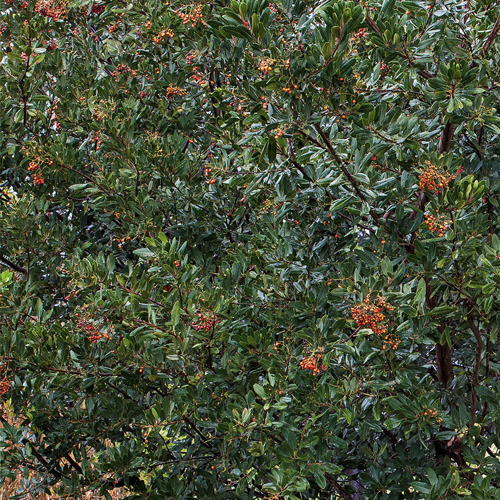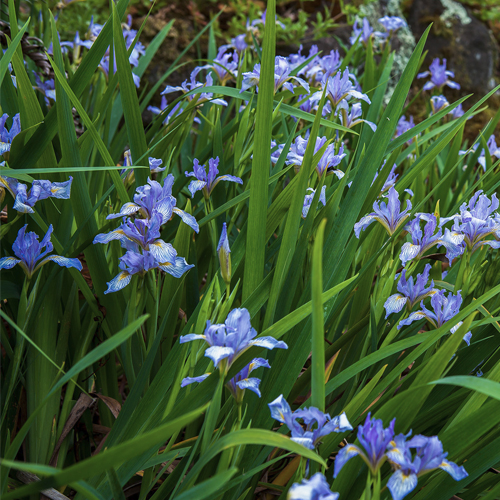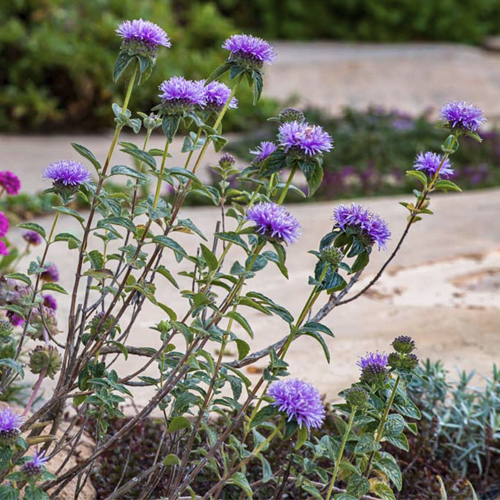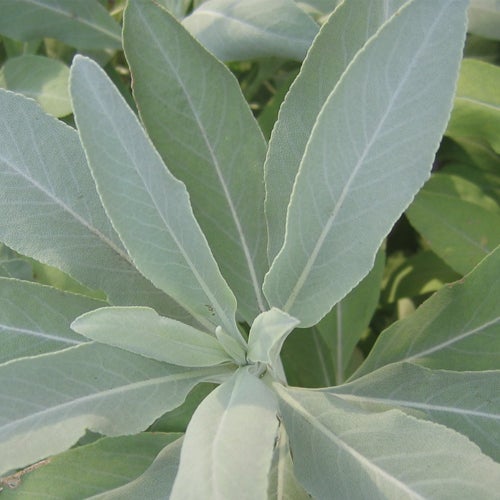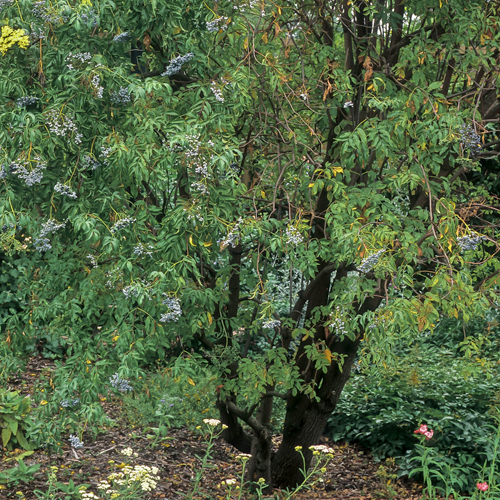The Daniel Stralka Memorial Pollinator Habitat Garden
BACK TO FULL TOUR
Garden Features
Drought Tolerant
California Natives
Deer Resistant
Drip Irrigation
Pesticide Free
Rainwater Harvesting System
Lawn-Free Landscaping
Permeable Surfaces
Wildlife Habitat
The Daniel Stralka Memorial Pollinator Habitat Garden stands as a beacon of hope amid the environmental challenges plaguing the western landscape. Situated at the heart of Dominican University, this garden serves not only as an educational resource but also as a tangible embodiment of sustainable landscape practices. Designed with meticulous attention to water conservation, fire resilience, and biodiversity enhancement, the garden showcases native plants carefully selected for their adaptability and low water requirements.
At its core, the garden exemplifies innovative water management, harnessing rainwater collected in a 3000-gallon tank from the nearby Albertus Magnus Hall. This sustainable approach ensures that the garden thrives while minimizing its ecological footprint. With a strategic layout comprising five distinct plant islands, each highlighting a unique concept ranging from year-round blooms to butterfly-friendly habitats, the garden offers a diverse and immersive learning experience.
Despite its recent installation in December 2022, the garden has already begun to sow seeds of change within the community. Through the diligent efforts of volunteers, including Dominican students, over 1000 seed packets have been distributed, fostering a culture of environmental stewardship beyond the garden’s borders. As the garden matures, it is poised to become a resilient ecosystem, requiring minimal supplemental water within three years of average rainfall—a testament to the power of collective action and sustainable design in confronting the pressing challenges of our time.
Special Events
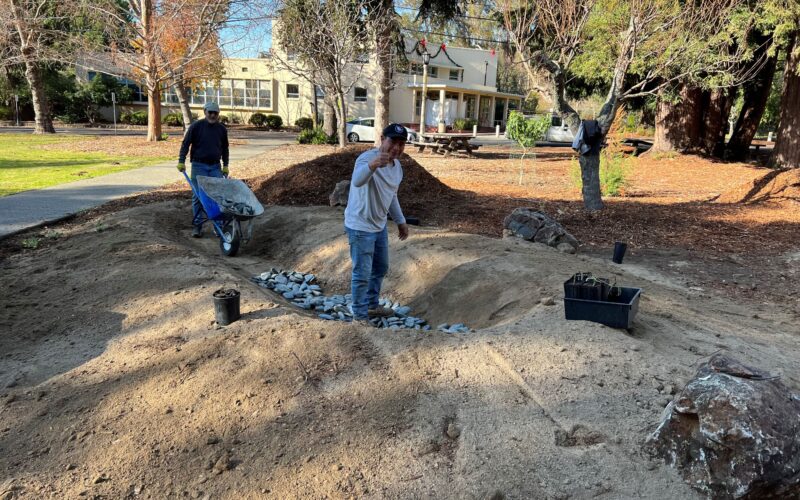
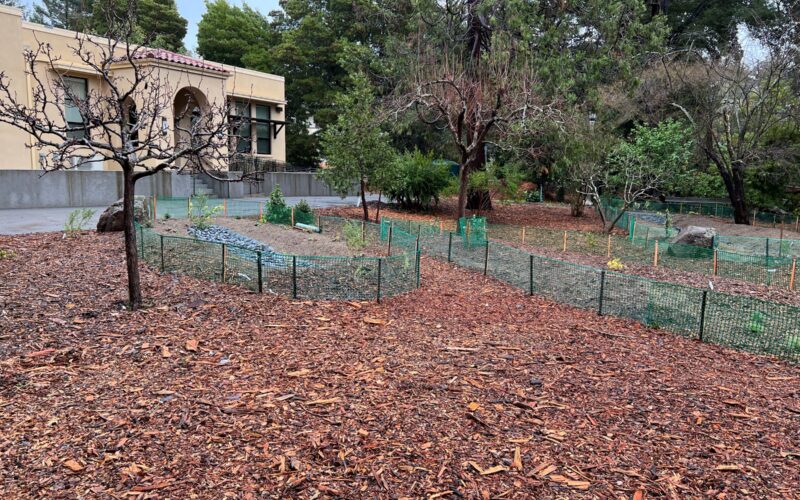
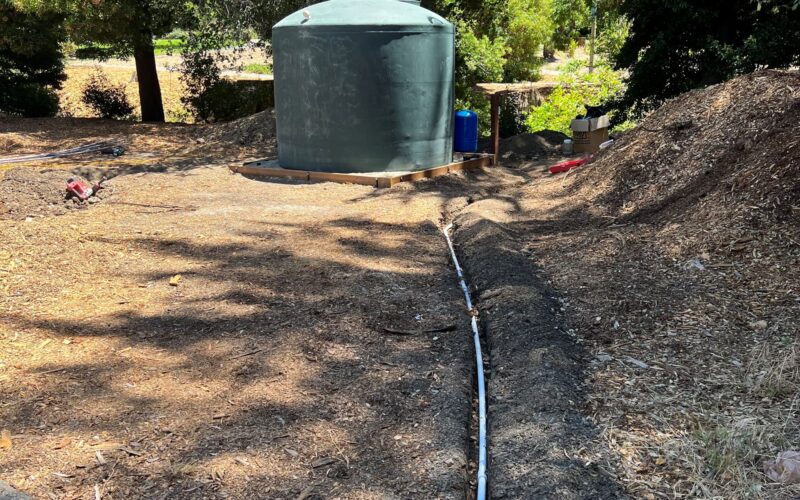
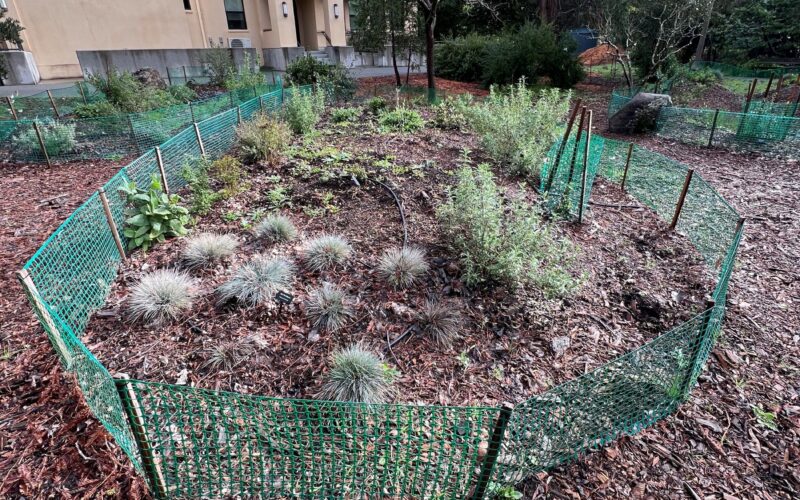
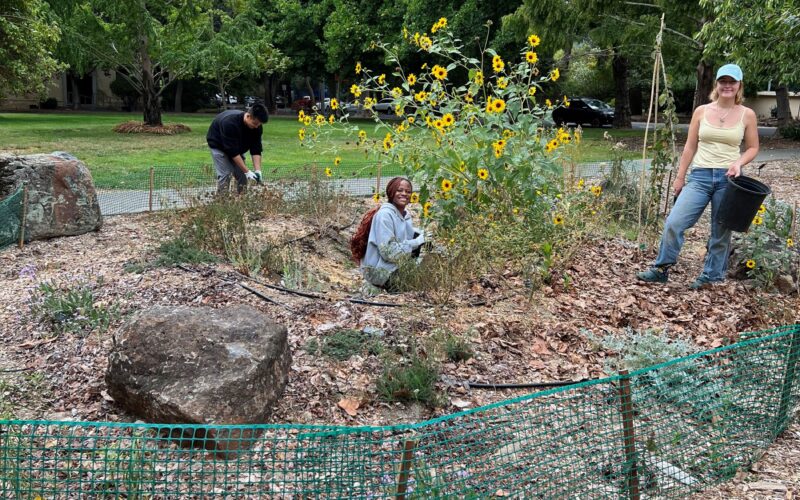
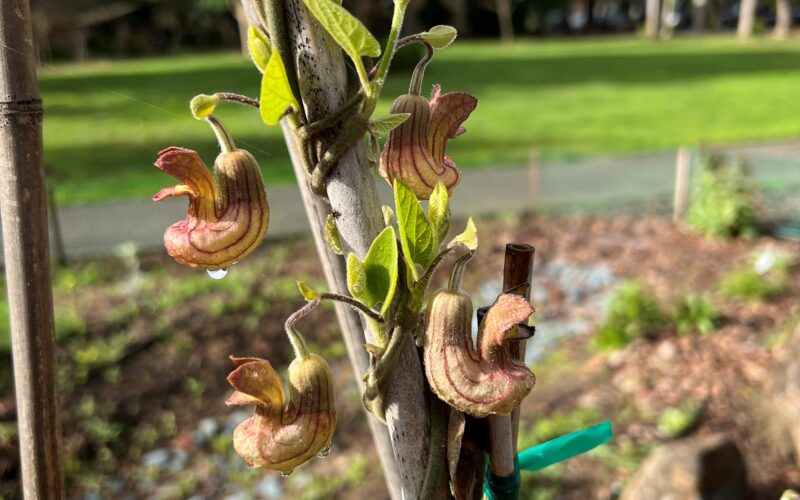
Plants in this Garden
Favorite Plants
Manzanita
Vital for our bumblebees!
Ceanothus
Important early season native bloomer.
Coyote Mint
Monardella villosa
Toyon
Heteromeles arbutifolia
Coyote Bush
Baccharis pilularis
Favorite Garden Suppliers
CNL Native Plant Nursery
254 Shoreline Highway Mill Valley
Green Jeans Garden Supply
690 Redwood Highway Mill Valley
Home Ground Habitats
1875 Indian Valley Road Novato
This nursery is on the garden tour!
Recommended Resources
Calscape
Calscape offers a database of plants native to California, along with details on their characteristics and habitat requirements. Additionally, it aims to promote the use of native plants in landscaping to support biodiversity and to conserve water.Nature's Best Hope
Written by Douglas W. TallamyCalifornia Bees & Blooms
Written by Gordon Frankie, Robbin Thorp, Rollin Coville and Barbara ErtterThe Bee Friendly Garden
Written by Kate Frey and Gretchen LeBuhnGardening Tips
Work with plants adapted to your site conditions…. soil, water, sun.
